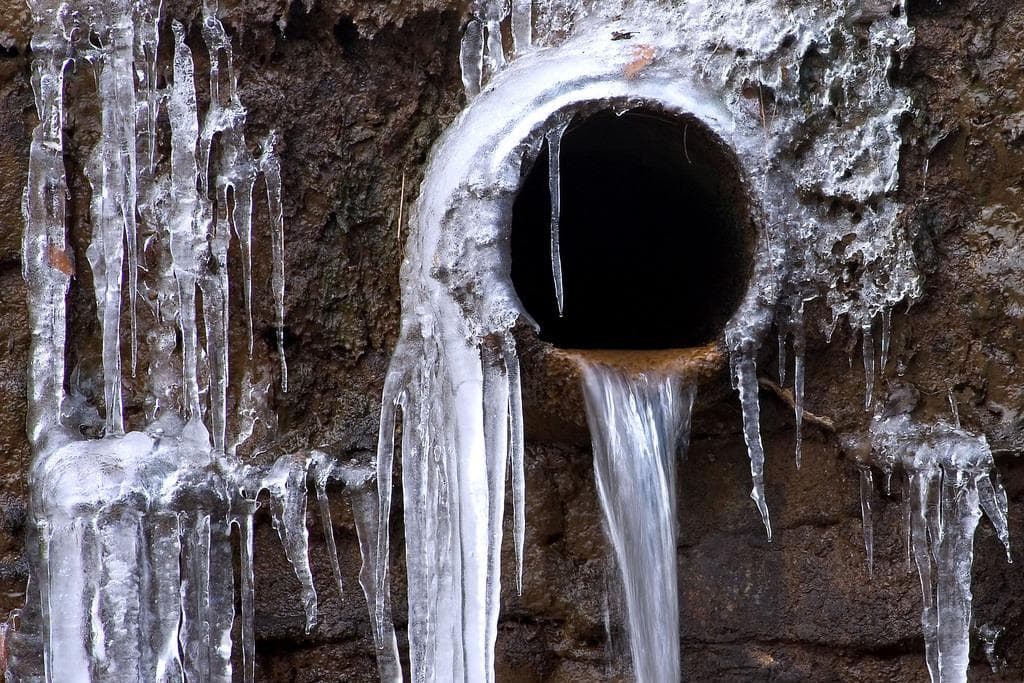Protecting Against Frozen Plumbing: Top Tips for Winter
Protecting Against Frozen Plumbing: Top Tips for Winter
Blog Article
This great article in the next paragraphs about How to Prevent Your Pipes From Freezing is highly motivating. Read it for yourself and decide what you think of it.

Winter can wreak havoc on your plumbing, specifically by freezing pipelines. Below's just how to stop it from occurring and what to do if it does.
Introduction
As temperatures drop, the threat of frozen pipelines boosts, possibly leading to pricey repair work and water damage. Recognizing just how to stop frozen pipes is critical for homeowners in cold climates.
Prevention Tips
Shielding vulnerable pipelines
Cover pipelines in insulation sleeves or utilize heat tape to secure them from freezing temperature levels. Concentrate on pipelines in unheated or outside locations of the home.
Heating techniques
Keep interior areas appropriately heated, specifically locations with pipes. Open up cupboard doors to permit cozy air to distribute around pipes under sinks.
How to determine frozen pipes
Try to find reduced water circulation from faucets, uncommon smells or noises from pipes, and noticeable frost on subjected pipelines.
Long-Term Solutions
Structural adjustments
Consider rerouting pipelines away from exterior walls or unheated areas. Include added insulation to attics, cellars, and crawl spaces.
Updating insulation
Buy premium insulation for pipes, attics, and walls. Appropriate insulation aids keep regular temperatures and decreases the threat of frozen pipelines.
Shielding Exterior Pipes
Yard tubes and outdoor faucets
Detach and drain pipes garden hoses prior to winter. Mount frost-proof faucets or cover outdoor taps with insulated caps.
Recognizing Icy Pipelines
What causes pipelines to ice up?
Pipes ice up when subjected to temperature levels listed below 32 ° F (0 ° C) for extended periods. As water inside the pipelines ices up, it expands, taxing the pipeline walls and potentially creating them to burst.
Dangers and problems
Frozen pipes can cause water supply interruptions, home damages, and pricey repair work. Ruptured pipelines can flood homes and cause extensive architectural damage.
Signs of Frozen Water Lines
Determining frozen pipes early can prevent them from breaking.
What to Do If Your Pipes Freeze
Immediate activities to take
If you presume frozen pipes, maintain taps available to soothe stress as the ice thaws. Utilize a hairdryer or towels soaked in hot water to thaw pipelines gradually.
Conclusion
Avoiding frozen pipelines needs positive actions and fast reactions. By recognizing the causes, indicators, and safety nets, homeowners can shield their pipes during winter.
5 Ways to Prevent Frozen Pipes
Drain Outdoor Faucets and Disconnect Hoses
First, close the shut-off valve that controls the flow of water in the pipe to your outdoor faucet. Then, head outside to disconnect and drain your hose and open the outdoor faucet to allow the water to completely drain out of the line. Turn off the faucet when done. Finally, head back to the shut-off valve and drain the remaining water inside the pipe into a bucket or container. Additionally, if you have a home irrigation system, you should consider hiring an expert to clear the system of water each year.
Insulate Pipes
One of the best and most cost-effective methods for preventing frozen water pipes is to wrap your pipes with insulation. This is especially important for areas in your home that aren’t exposed to heat, such as an attic. We suggest using foam sleeves, which can typically be found at your local hardware store.
Keep Heat Running at 65
Your pipes are located inside your walls, and the temperature there is much colder than the rest of the house. To prevent your pipes from freezing, The Insurance Information Institute suggests that you keep your home heated to at least 65 degrees, even when traveling. You may want to invest in smart devices that can keep an eye on the temperature in your home while you’re away.
Leave Water Dripping
Moving water — even a small trickle — can prevent ice from forming inside your pipes. When freezing temps are imminent, start a drip of water from all faucets that serve exposed pipes. Leaving a few faucets running will also help relieve pressure inside the pipes and help prevent a rupture if the water inside freezes.
Open Cupboard Doors
Warm your kitchen and bathroom pipes by opening cupboards and vanities. You should also leave your interior doors ajar to help warm air circulate evenly throughout your home.

I recently found that piece about 6 Ways to Prevent Frozen Pipes when perusing the search engines. For those who enjoyed our blog entry kindly consider to pass it around. Kudos for your time. Don't hesitate to pay a visit to our website back soon.
Free Estimates Report this page